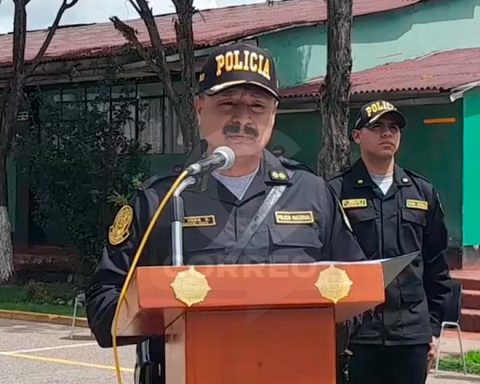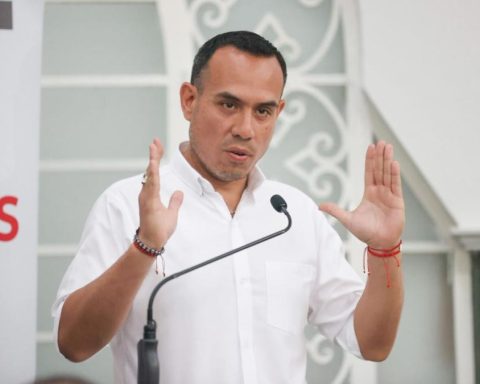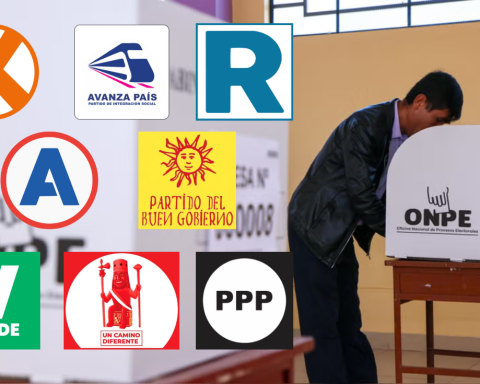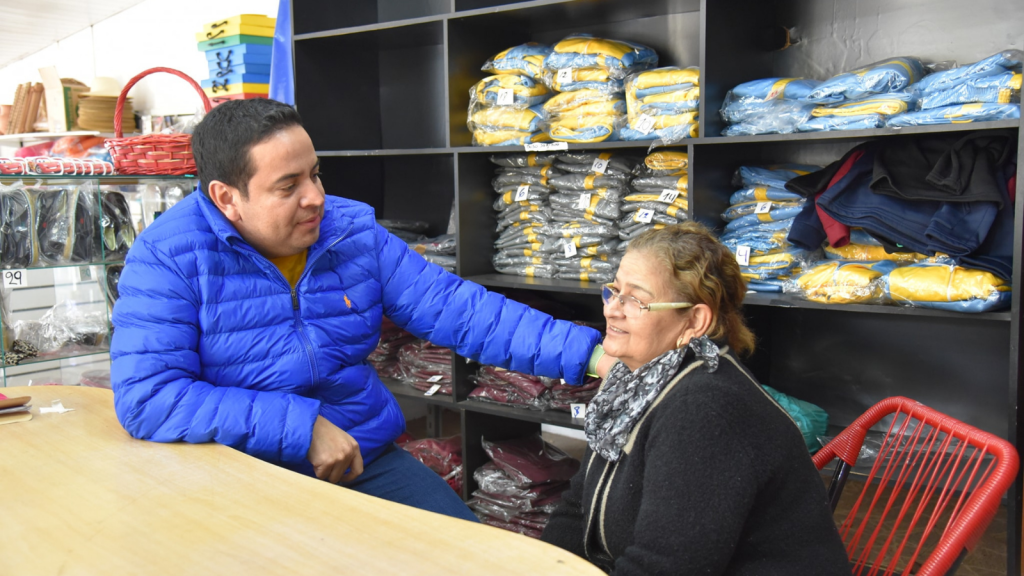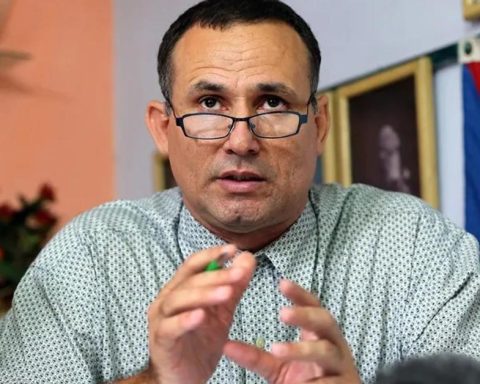In order to strengthen the exchange of experiences and successful strategies in the prevention and control of tuberculosis (TB) with intercultural relevance, the health teams of the TB health strategy of the Tacna (Peru) – Arica and Parinacota (Chile) border ) will carry out, at the headquarters of the Ministry of Health (Minsa) and the Regional Health Management (Geresa) of La Libertad, a knowledge exchange internship.
WATCH THIS | Municipalities and Regional Government of Tacna owe S/ 1.8 million to the EPS Tacna
The activity, which will take place from June 6 to 10, will also allow the socialization of the epidemiological surveillance system and the intervention plans for the prevention, detection and treatment of this disease implemented in our country, with an emphasis on the vulnerable population.
Pioneer in digital x-ray detection
“At the level of the Americas, Peru is recognized for being one of the first to implement the detection of TB cases by digital X-rays and molecular tests in vulnerable populations, in itinerant interventions; In addition, we have a greater number of these radiological teams available for these activities in various risk areas,” says Julia Ríos Vidal, executive director of the Tuberculosis Prevention and Control Directorate.
The Minsa, through the Tuberculosis Prevention and Control Directorate, facilitates internships for health professionals from the Regional Health Directorate (Diresa) of Tacna and the Regional Ministerial Health Secretariat of Arica and Parinacota.
Increase in prevalence
It should be noted that in Tacna, for 2021, a slight increase in the prevalence and incidence rates of TB cases is reported, reaching 89.6 and 81.4 cases per 100,000 inhabitants, respectively.
Meanwhile, in the Arica and Parinacota region, a considerable increase in TB morbidity and incidence rates is reported, with 46 and 44.6 cases per 100,000 inhabitants, respectively, presenting the highest incidence rate of the last decade.
Border Health Plan
For the year 2019, the Border Integration and Development Committee, with the advice of officials from the Ministries of Health of Peru and Chile, formulated the Border Health Plan and the Five-Year Health Plan on the Chile-Peru Border 2020-2024, in which topics such as prevention and control of communicable diseases such as TB, health promotion, organization for binational response to emergencies and disasters, as well as binational care at borders and epidemiological surveillance are addressed.
YOU MAY BE INTERESTED | Tacna: Bus knocks down a tree after being hit by a taxi in a central mall
Tuberculosis is a public health challenge. It is a global priority within the health goals proposed for the Sustainable Development Goals and the “End TB” Strategy of the World Health Organization (WHO), which seeks to end the tuberculosis epidemic by 2030 .
Constant exchange of travelers
The populations of the international border areas of our country, in the new context of globalization, frequently move from one country to another in search of new opportunities, facing various diseases in these circumstances, including tuberculosis.
The regions of Tacna, Arica and Parinacota present common public health problems due to similar socio-demographic characteristics, which is why they are susceptible to threats of an epidemic nature or health contingencies.
Intercultural strengthening of teams
For this reason, within the framework of the VIII Border Integration and Development Committee, the project “Strengthening the strategic approach to communicable diseases HIV and tuberculosis” was developed and started, with the advice of the International Technical Cooperation Agencies and the teams national technicians from both countries.
One of the objectives of this project focuses on strengthening the skills of health teams in the strategic approach to communicable diseases such as HIV and tuberculosis, with a community and intercultural approach in the regions of Tacna, Arica and Parinacota.


